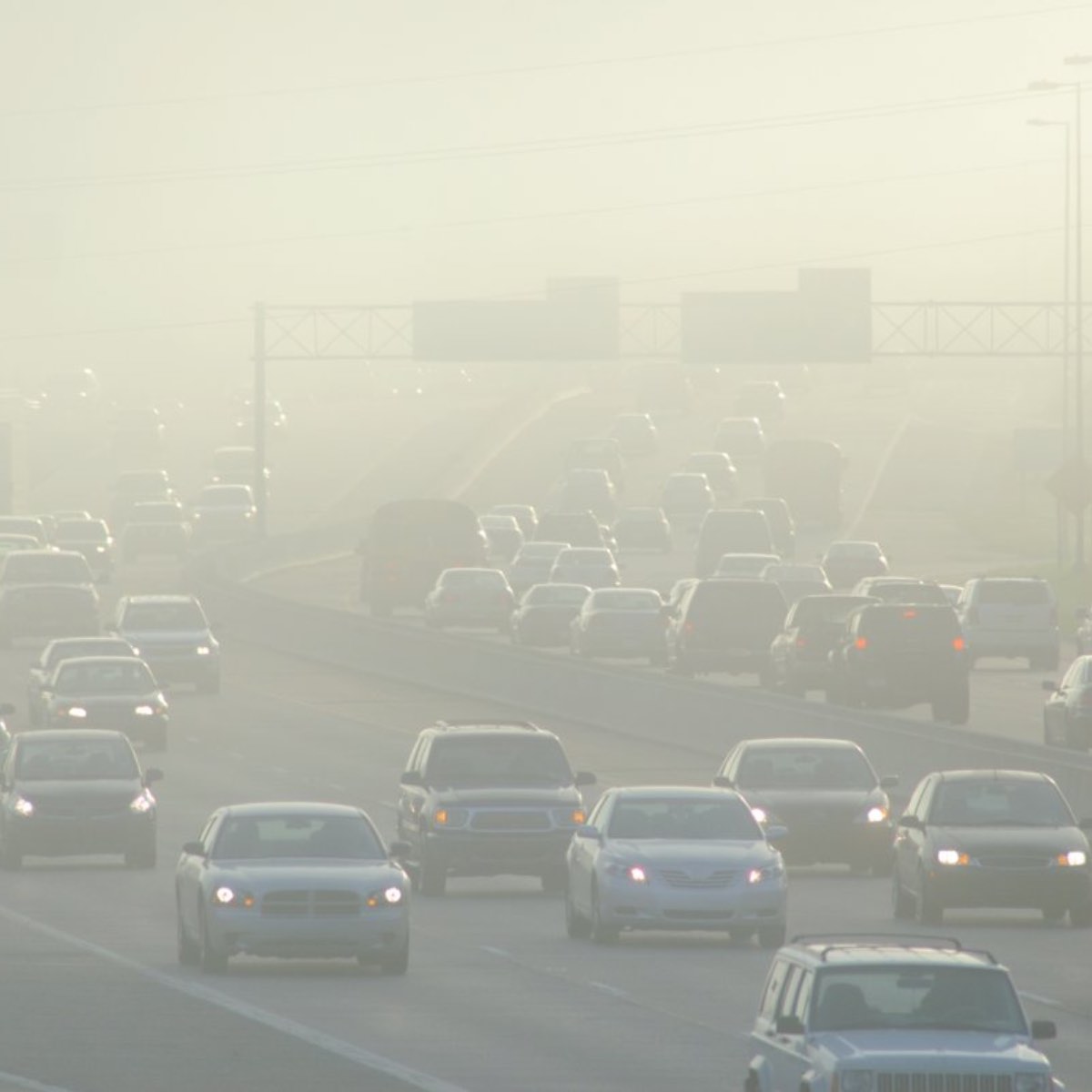It seems the majority of western nations plan a complete ban on new petrol and diesel cars very soon. This looks like it will take place sometime between 2030 and 2040. With that in mind a lot of people have began wondering will will there be petrol stations after 2030.
Will There Still Be Petrol Stations After 2030?

The Pillars of the Petrol Age: Why Petrol Stations Matter
For over a century, petrol stations have served as the lifeblood of the transportation ecosystem. These ubiquitous pit stops haven’t just fuelled our vehicles; they’ve provided essential services, roadside assistance, and even a sense of community for countless drivers. From bustling highway gas stops to quaint rural refuelling points, petrol stations have become ingrained in the fabric of our travels.
Shifting Gears: Will Petrol Stations Go the Way of the Horse-Drawn Carriage?
But as the winds of change sweep through the energy landscape, a crucial question emerges: will petrol stations become relics of a bygone era, their pumps silenced by the hum of electric engines? With the rise of electric vehicles (EVs) and evolving energy trends, the future of these familiar landmarks hangs in the balance.
A Snapshot of Today’s Petrol Landscape
Refuelling the World: The Current State of Petrol Stations
Today, petrol stations remain a dominant force in global transportation. They form a vast network, with estimates suggesting over 1.3 million stations operating worldwide. These outposts play a crucial role in distributing fuel, ensuring the smooth flow of transportation across continents. They’re not just refuelling points; they’re often convenience stores, offering essential supplies, snacks, and even quick meals for weary travelers.
More Than Just Gas: The Economic Weight of Petrol Stations
The economic impact of petrol stations is undeniable. They employ millions globally, contributing significantly to local and national economies. In the United States alone, the industry supports over 1.3 million jobs and generates billions in tax revenue. These stations represent a substantial investment in infrastructure, with their land, pumps, and facilities forming a complex network.
Beyond the Pump: Diversifying Services for Survival
Recognizing the shifting winds, many petrol stations are diversifying their offerings. Convenience stores have become a vital element, with foodservice options and retail goods attracting customers beyond those just needing fuel. Some stations are even exploring alternative fuel options, offering electric vehicle charging points or biofuel pumps. This adaptability could prove crucial in their fight for survival.
The Electric Surge: A Challenge to Petrol’s Reign
The EV Revolution: Zooming Past the Gas Pump
Electric vehicles (EVs) are no longer futuristic fantasies; they’re rapidly charging onto the scene, propelled by factors like:
- Environmental Concerns: Growing awareness about climate change is driving the demand for cleaner transportation options, making EVs increasingly attractive.
- Technological Advancements: Range anxiety is diminishing as battery capacities increase, and charging infrastructure expands, making EVs more practical for everyday use.
- Government Incentives: Many countries offer generous tax breaks and subsidies for EV purchases, further accelerating their adoption.
This surge in EVs translates to a significant decline in petrol demand. Forecasts suggest a potential drop of 20-30% by 2030, posing a serious challenge to the traditional petrol station model.
From Gas Guzzlers to Charging Stations: Government Policies Reshape the Landscape
Governments are actively pushing the EV agenda through:
- Stricter Emission Standards: These regulations force automakers to produce more EVs, further accelerating the transition away from petrol vehicles.
- Bans on New Petrol Car Sales: Some countries have set ambitious targets to phase out petrol cars entirely, potentially rendering petrol stations obsolete in those regions.
These policies paint a clear picture: the future of transportation is increasingly electric, and petrol stations need to adapt or risk becoming relics of the past.
A Looming Question: Fewer Pumps, More Uncertainty
The projected decline in petrol consumption has significant implications for petrol stations:
- Fewer Customers: With fewer drivers reliant on petrol, foot traffic and revenue at stations are likely to decrease.
- Station Closures: The viability of some stations, particularly in less populated areas, could be threatened, leading to closures and job losses.
- Uncertain Future: The pace and extent of the decline remain uncertain, making it difficult for station owners to plan for the future.
However, amidst this challenge, there’s also opportunity.
Beyond Petrol: Exploring New Fuel Horizons
Alternative Fuels: Diversifying the Energy Mix
While EVs are gaining momentum, they’re not the only players in the alternative fuel game:
- Hydrogen: This clean-burning fuel offers long range and fast refueling times, making it attractive for long-haul transportation.
- Biofuels: Derived from renewable sources like plants, these fuels offer a sustainable alternative to traditional petrol.
These options hold promise for the future, but their infrastructure is still developing.
The Rise of Alternative Fuel Stations: Refueling the Future?
Alternative fuel stations are starting to emerge, offering:
- Hydrogen pumps: These stations cater to hydrogen-powered vehicles, providing a clean and efficient refueling option.
- Biofuel dispensers: These stations offer biofuels blended with petrol or dedicated biofuel options for compatible vehicles.
While the network is still limited, it’s expanding rapidly, potentially creating new opportunities for strategically located stations.
Transitioning the Old Guard: Challenges and Opportunities
Adapting existing petrol stations to offer alternative fuels presents challenges:
- Cost: Installing new pumps and infrastructure requires significant investment.
- Technical Expertise: Operating and maintaining new fuel systems requires training and expertise.
- Consumer Adoption: The success of these stations relies on widespread adoption of alternative fuel vehicles.
However, the potential rewards are significant:
- Staying Relevant: Offering alternative fuels allows stations to cater to a broader customer base and remain competitive.
- Future-Proofing: Early adopters can capitalize on the growing demand for alternative fuels.
- Government Incentives: Many governments offer financial assistance to stations transitioning to alternative fuels.
The key lies in careful planning, strategic location, and capitalizing on available support.
A World of Differences: Navigating the Regional Landscape
A Patchwork of Pumps: Regional Variations in the Petrol Station Landscape
The future of petrol stations won’t be a one-size-fits-all story. Regional differences in infrastructure, market dynamics, and consumer preferences will shape their fate:
- Developed vs. Developing: Developed countries with established EV infrastructure are likely to see a faster decline in petrol demand, while developing regions might rely on petrol for longer due to affordability and infrastructure limitations.
- Urban vs. Rural: Rural areas with sparse EV charging networks might see petrol stations adapting to offer alternative fuels or convenience services, while urban areas with robust charging infrastructure might witness closures.
- Government Policies: Stringent regulations and EV subsidies in some regions will accelerate the decline of petrol stations, while others with less government intervention might see a more gradual shift.
Beyond the Pump: Cultural and Societal Influences
Cultural and societal factors also play a role:
- Car Culture: Countries with strong car cultures, like the United States, might experience slower EV adoption compared to those prioritizing public transport or sustainability.
- Consumer Preferences: Convenience, affordability, and brand loyalty will continue to influence consumer choices, impacting the success of alternative fuel stations and convenience store offerings.
- Rural Dependence: Communities heavily reliant on petrol stations for essential services like gas for generators or heating might require tailored solutions during the transition.
A Global Stage for Adaptation: Case Studies in Innovation
Globally, stations are adapting in diverse ways:
- Japan: ENEOS stations are integrating hydrogen pumps and solar panels, aiming to become “energy hubs” for various needs.
- Netherlands: Shell is piloting “recharge stations” offering EV charging, car washes, and food services.
- India: Indian Oil Corporation is setting up biofuel pumps and exploring partnerships with EV charging providers.
These examples showcase the diverse approaches stations are taking to navigate the changing landscape.
Counting the Cost of Change: Economic and Employment Impacts
A Ripple Effect: Economic Fallout from Declining Petrol Sales
The decline of petrol stations is not without economic consequences:
- Lost Revenue: Lower fuel sales translate to reduced income for stations, impacting their profitability and ability to invest in adaptation.
- Tax Shortfall: Governments reliant on fuel taxes could face revenue losses, impacting public services and infrastructure development.
- Property Values: The value of petrol station properties might decline, impacting owners and investors.
Robots Replacing Refuelers? Employment Trends in a Shifting Industry
Technological advancements like self-service pumps and automated convenience stores are already impacting jobs:
- Cashier and Attendant Roles: These roles face potential automation, leading to job losses and requiring workforce retraining.
- Maintenance and Repair: Technicians might see increased demand for servicing alternative fuel systems and EV charging infrastructure.
- New Opportunities: New roles might emerge in areas like data analysis, managing charging networks, and operating EV service centers.
Navigating the Transition: Strategies for a Smooth Landing
Mitigating the socioeconomic effects requires proactive measures:
- Government Support: Retraining programs, tax breaks for station upgrades, and subsidies for alternative fuel infrastructure can ease the transition.
- Industry Reskilling: Equipping station employees with new skills relevant to the evolving industry can help them adapt and find new opportunities.
- Community-Centric Solutions: Exploring partnerships with local businesses or repurposing stations for community hubs can create new economic opportunities.
By acknowledging the challenges and implementing proactive strategies, we can navigate the transformation of petrol stations in a way that minimizes economic disruption and ensures a just transition for affected communities.
Conclusion: A Crossroads for Petrol Stations: Adapt or Fade Away
The future of petrol stations is complex, shaped by a confluence of factors like the rise of electric vehicles, government policies, regional variations, and cultural preferences. While the decline of petrol demand seems inevitable, it won’t be a uniform journey. Some stations might face closure, while others adapt and transform into multi-energy hubs offering alternative fuels, EV charging, and expanded convenience services. The key to survival lies in embracing innovation, capitalizing on emerging opportunities, and staying relevant to evolving consumer needs.
Throughout history, the petrol station industry has faced numerous challenges, from economic downturns to technological disruptions. Yet, it has repeatedly adapted and reinvented itself, demonstrating a remarkable resilience. This adaptability will be crucial in the face of the current energy transition. By embracing change, investing in the future, and collaborating with communities, petrol stations can carve out a new place in the evolving transportation landscape.
The transformation of petrol stations presents an opportunity to build a more sustainable and equitable transportation system. Embracing cleaner fuels like hydrogen and biofuels, fostering innovation in charging infrastructure, and prioritizing community needs are key to ensuring a smoother transition. By charting a course towards sustainability and adaptation, we can ensure that petrol stations, once symbols of a bygone era, can evolve into vital players in a cleaner and more efficient future for transportation.
Check out more eco travel things here.


